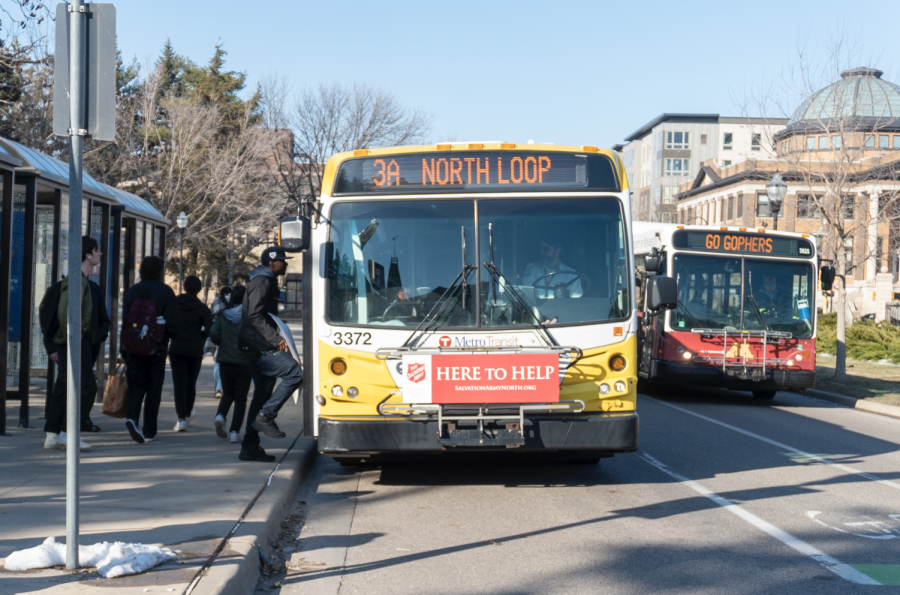S By Emily Johns
 everal Minnesota state agencies recently completed a program to help Minnesota communities clean up hidden methamphetamine labs.
everal Minnesota state agencies recently completed a program to help Minnesota communities clean up hidden methamphetamine labs.
The Minnesota Department of Health, the Bureau of Criminal Apprehension and the Minnesota Pollution Control Agency, among others, have developed a manual and training classes to help law enforcement officials identify, close and clean up methamphetamine – or meth – labs across Minnesota.
They have also developed a database to track lab activity throughout the state. This database will help track the need for law enforcement and training in different parts of the state.
In other states, this approach is helping smaller communities develop their own policies and procedures for dealing with meth labs.
For example, Police Chief Gary Smith of Northfield, Minn., has implemented a meth lab abatement program in his county. Smith, who worked in Grand Island, Neb., before moving to Northfield, was familiar with identifying and cleaning up meth labs. Grand Island was designated the “Meth Capital of the Midwest” in 1998, Smith said.
After becoming Northfield’s police chief, Smith recognized the signs of meth labs and put together a multicounty coalition to rid Northfield of its reputation – held by drug dealers – of being a quiet place where it is easy to get away with breaking the law.
He assembled community leaders, led training sessions, talked to citizens and attended numerous neighborhood meetings.
“We got people up to speed on what to look for – what the warning signs were,” Smith said.
One year ago, Northfield passed an ordinance to hold property-owners and landlords responsible for the cost of cleaning up meth labs found on their property.
“Usually the cities or the governing entities have to pick up the tab, and we didn’t think it was fair,” Smith said.
Smith said he is convinced the program has been working because he hasn’t discovered any meth labs recently.
“We’re not naive enough to think that we’ve driven everybody out,” Smith said. “But we sent the message that our cops are savvy enough to handle it.”
Deborah Durkin, an environmental scientist for the Minnesota Department of Health, started the program three years ago after attending a conference on meth labs. She assembled a brochure about meth labs, and when interest started rising one year later, several state agencies united to create the Clandestine Lab Task Force.
“We’ve tried to plan together how we can best use our resources,” Durkin said.
Durkin predicts Minnesota law enforcement officials will discover 400 meth labs this year. She also cited a 1998 survey of high school students in Marshall, Minn., in which 30 percent of 1,600 students said they had used methamphetamines at least once.
According to the state health department, methamphetamine is the most commonly-made drug in Minnesota labs, and officials discovered approximately 350 such labs in 2001.
Besides the obvious dangers of a meth lab, like the availability of drugs and chemical fumes, the presence of these laboratories provide a large liability to communities.
Durkin said more than 50 percent of discovered meth labs in Minnesota are located where children live. These children often show signs of poisoning, but frequently don’t receive medical attention because of their parents’ fear of getting caught, she said.
Most labs are located away from metropolitan areas, in rural or semi-rural areas, according to the health department. They are usually found in private homes, but have also been discovered in motels, restaurants, remote wooded areas and moving vehicles.
Durkin said meth labs are also highly flammable, and 15 to 20 percent of labs are not discovered until they catch fire or blow up.
The cost of disposing drug lab waste is large, and many counties don’t have the resources for safe removal and disposal. Often, waste is dumped into septic systems or on the side of the road.
People living in the same building as a meth lab are more likely to be poisoned and less likely to be hospitalized, Durkin said, adding that violence and theft increase in these communities.
“Everybody pays for this,” she said.
The manual these agencies have assembled – “Clandestine Drug Lab Response” – has been sent to more than 1,000 county, local and tribal offices in Minnesota since June. Agencies encourage local law enforcement agencies to develop training programs for their officers and local ordinances to create harsher penalties for meth lab owners. For example, exposing a child to meth lab fumes is now considered a child-endangerment crime in Minnesota.
For now, these agencies are busy spreading the word because they say an informed community can more effectively deal with the labs.
“We are trying to present the material that we have in every form,” Durkin said. “We go anywhere that anybody wants to talk to us.”
A manual created by these state agencies can be found at http://www.health.state.mn.us/divs/eh/meth.
















